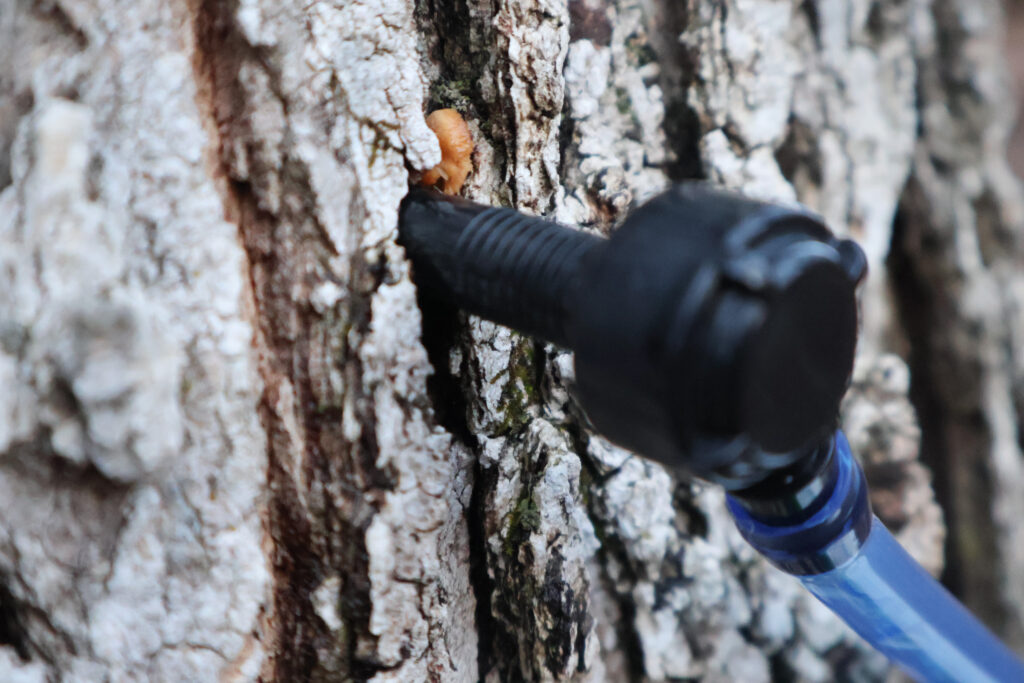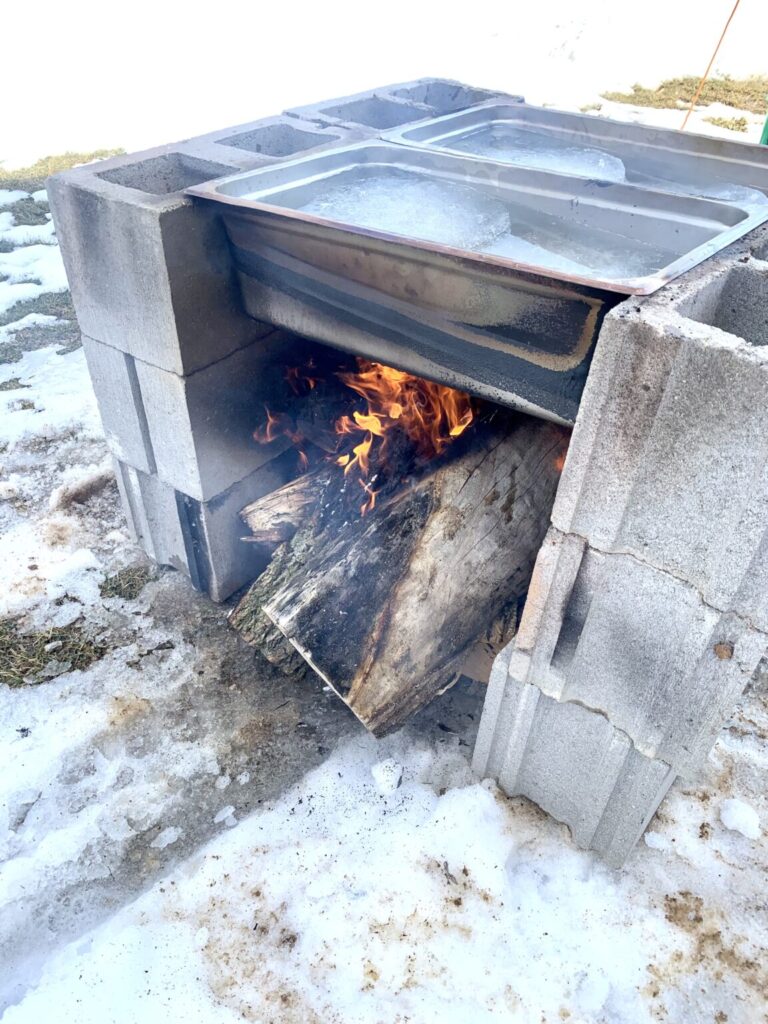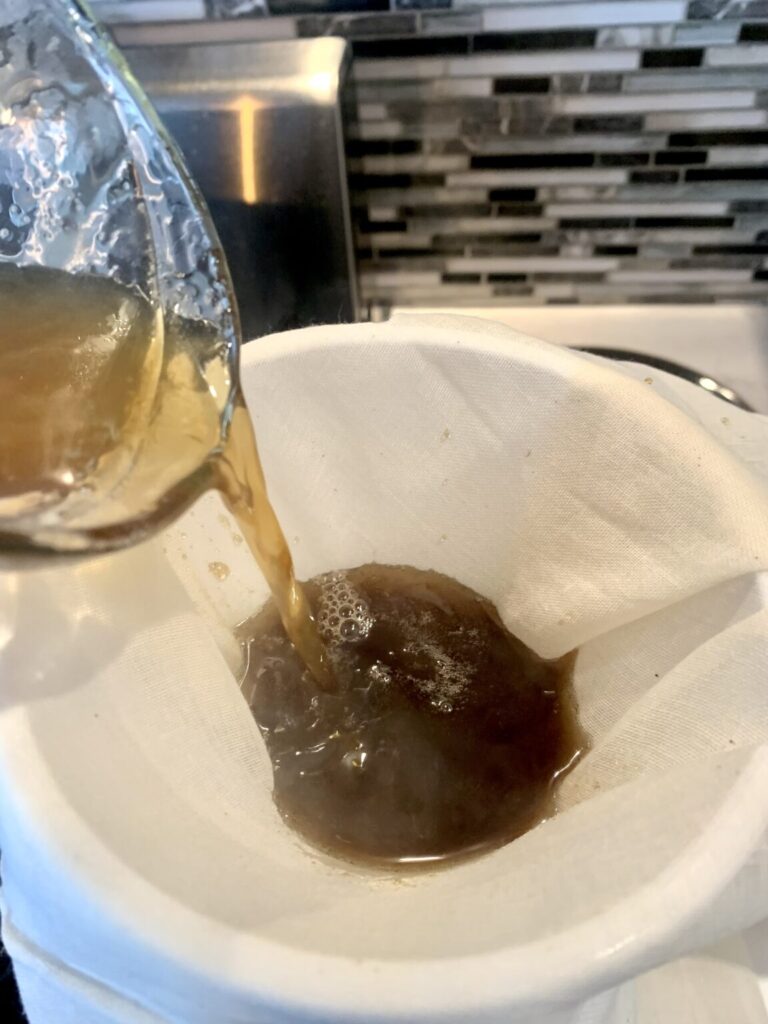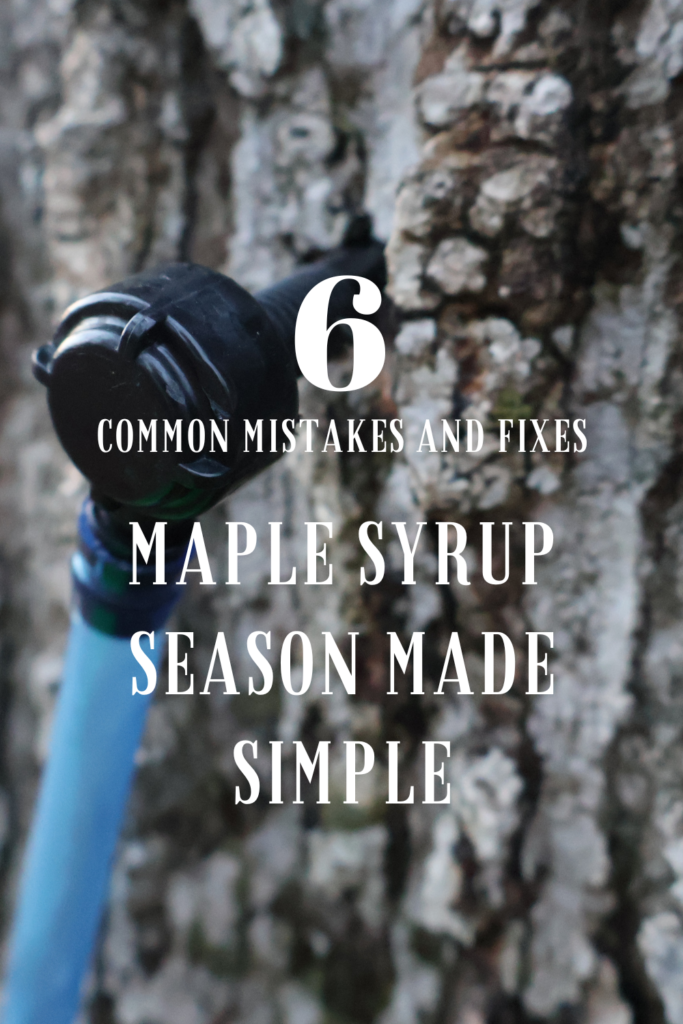Maple syrup season is one of my absolute favorite times of year — crisp air, golden sweetness, and the simple satisfaction of turning nature’s gift into something delicious. But if you’ve ever tapped trees before, you know it doesn’t always go as planned. If you’re finding empty buckets or watching sap trickle down the side of your tree instead of into your tap, you’re not alone.

Over the years, I’ve learned a few tricks to avoid these common mistakes — and I’m sharing them with you to hopefully make your maple syrup season a little smoother (and a whole lot sweeter).
1. Why Isn’t My Sap Running?
It can be so disheartening to check your buckets day after day and find them empty. I know the feeling — you’re excited to get started, but nothing’s happening.
What’s Happening: The biggest reason sap isn’t running is the weather. Maple trees only produce sap when the temperatures are just right — warm days above freezing (around 40°F) and cold nights below freezing.
If one tree isn’t producing sap while others are, the tap could be clogged. This can happen if sawdust from drilling gets caught in the tap.
As you can see the tap below has some sawdust above it. This could be a sign of a clogged tap as the sawdust wasn’t properly cleared out before tapping.

How to Fix It:
- Be patient! This part is completely out of our control, and sometimes the season just starts later than we expect.
- Make sure you’re tapping healthy, mature trees. Younger or stressed trees won’t produce as much sap.
- Try tapping on the south-facing side of the tree. That side warms up first and tends to get the sap flowing earlier in the day.
- If you suspect a clogged tap, pull the tap out and check for blockages. One tip is to use clear taps so you can see if sap is flowing or if it’s clogged without having to pull the tap out.
2. Why Is Sap Leaking Out of the Tree and Not Into My Tap?
Seeing sap run down the tree instead of into your bucket is one of the most frustrating parts of maple syrup season — especially when you know how hard you’ve worked to get everything set up.
What’s Happening: This usually means the tap isn’t seated properly or the hole wasn’t drilled correctly.

How to Fix It:
- Make sure you’re drilling your tap hole at a slight upward angle (about 10-15 degrees). If you drill at too steep of an angle, the sap is more likely to run down the tree even if your tap is sealed well.
- Your hole should be about 1.5 to 2 inches deep. If it’s too shallow or too deep, the tap won’t seal correctly.
- When tapping in your tap, gently tap it in with a rubber mallet. It should feel snug but not forced. You want to be able to easily remove your tap at the end of the season. If you hammer it in too much, especially with plastic taps, they can break off in the tree — and nobody wants that!
3. What Is the Quickest Way to Get Started?
If you’re feeling overwhelmed by all the equipment and steps, I get it — but maple syrup doesn’t have to be complicated. You really don’t need much to get started.
Quick Start Tips:
- Start small with just one or two taps. Even if you only make a pint of syrup, it’s still rewarding.
- Use food-grade buckets, taps, and household pots to keep your setup budget-friendly.
- A propane burner or outdoor firepit works great for boiling without needing an expensive evaporator.

4. How Should I Store Sap Before Boiling?
Sap can spoil quickly if it’s not stored correctly, especially in warmer weather.
How to Fix It:
- Store sap in food-grade containers in a cool, shaded area.
- If temperatures are above freezing, try to keep your sap refrigerated or packed in snow to prevent spoilage.
- Boil sap as soon as possible — ideally within 24-48 hours of collection.
5. How Do I Know When to Pull Taps at the End of the Season?
Knowing when to wrap up the season is just as important as knowing when to start.
Signs It’s Time to Pull Taps:
- The weather stays consistently warm with no more freezing nights.
- Sap starts turning yellow or cloudy.
- Trees begin to bud — once this happens, the sap will have a bitter taste.
Pull your taps as soon as the season is over and let the tree heal naturally. Trees will close up the hole on their own without needing any help.

6. Why Is My Syrup Cloudy?
Syrup ranges in color based on the time of the season, so don’t get too bothered by what color your syrup turns out. Cloudy syrup can happen to anyone — and it doesn’t mean your syrup is ruined.
How to Fix It:
- Filter your hot syrup through a syrup filter or coffee filter before bottling.
- Make sure you’re boiling your syrup down to 219°F to hit the right sugar content.

Final Thoughts
Maple syrup season is a learning process every single year — but that’s part of what makes it so rewarding. The best advice I can give is to start small, keep it simple, and learn as you go. Every season will teach you something new.
If you’re just starting out, be sure to check out my posts on What You Need to Make Maple Syrup and Preserving Maple Syrup for more helpful tips.
Happy tapping!


Leave a Reply